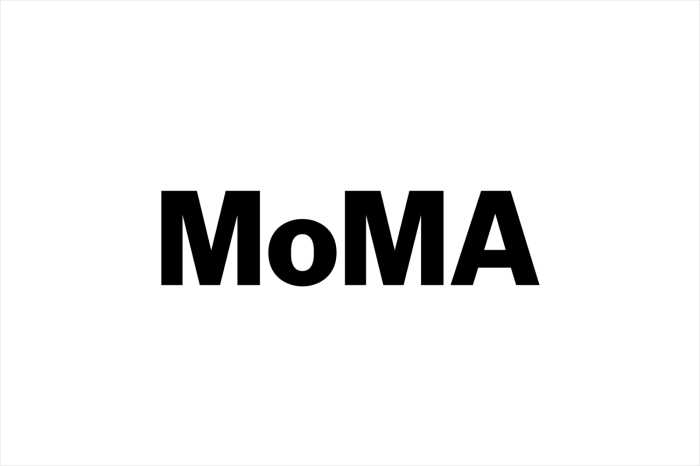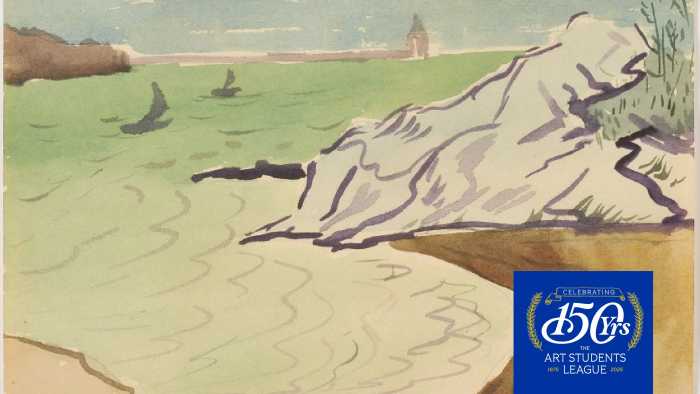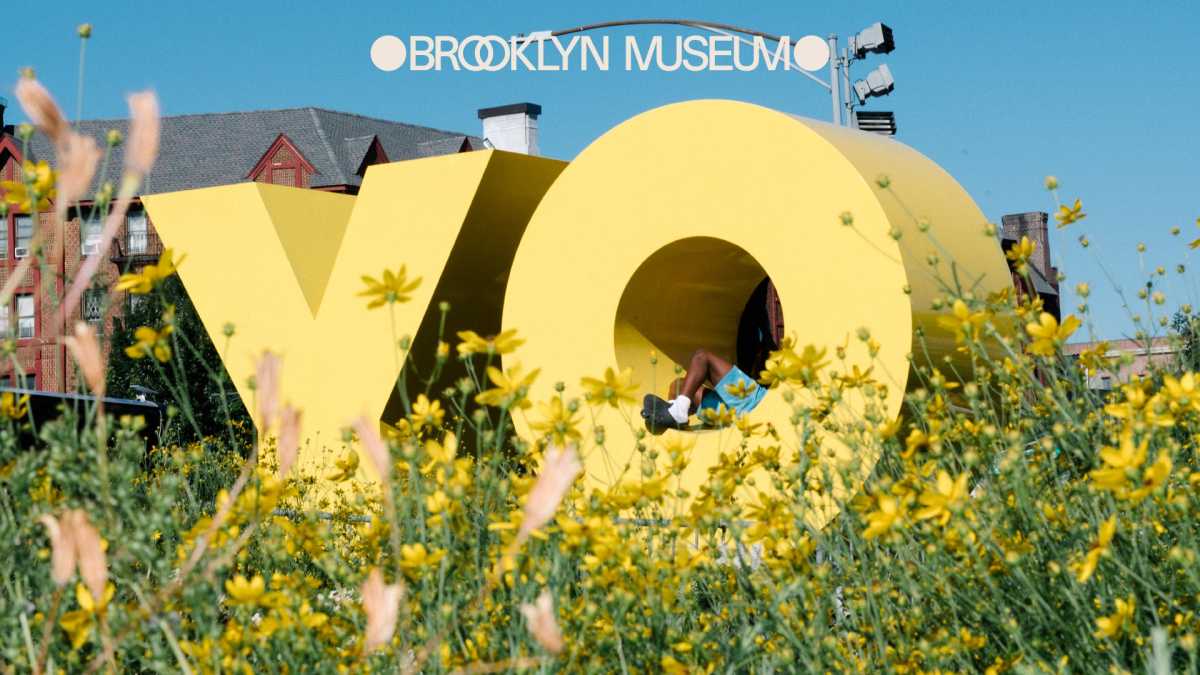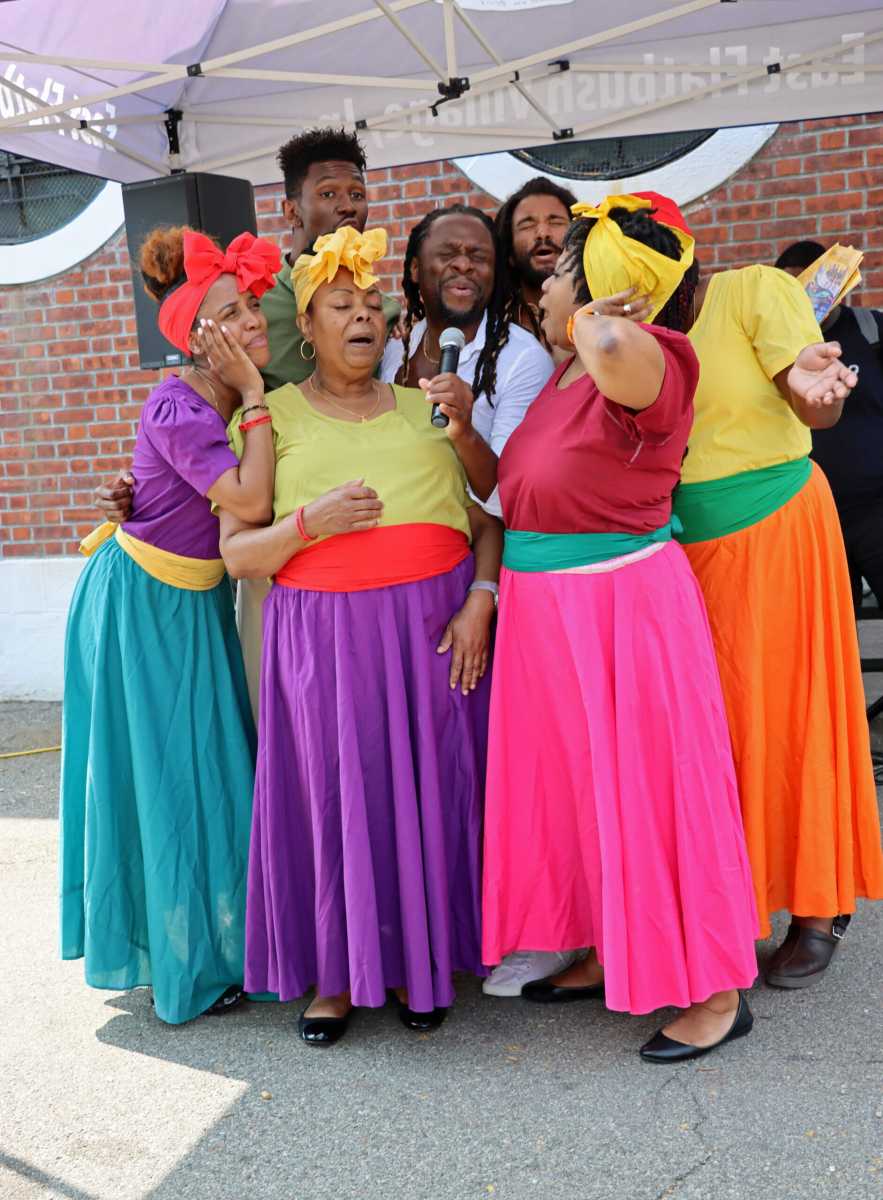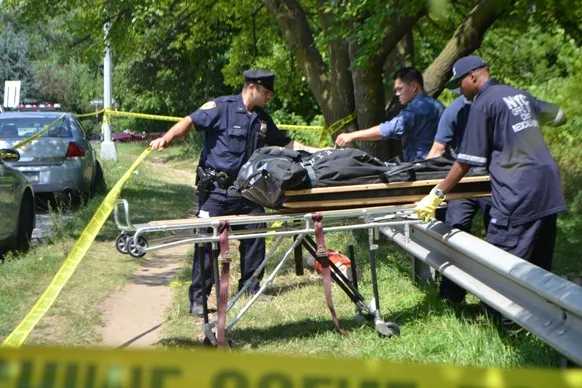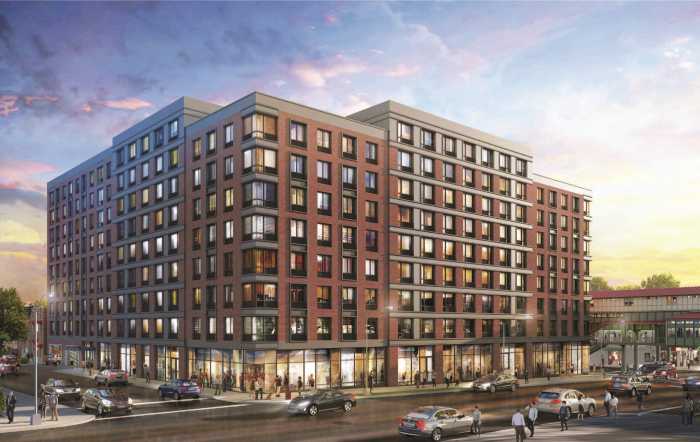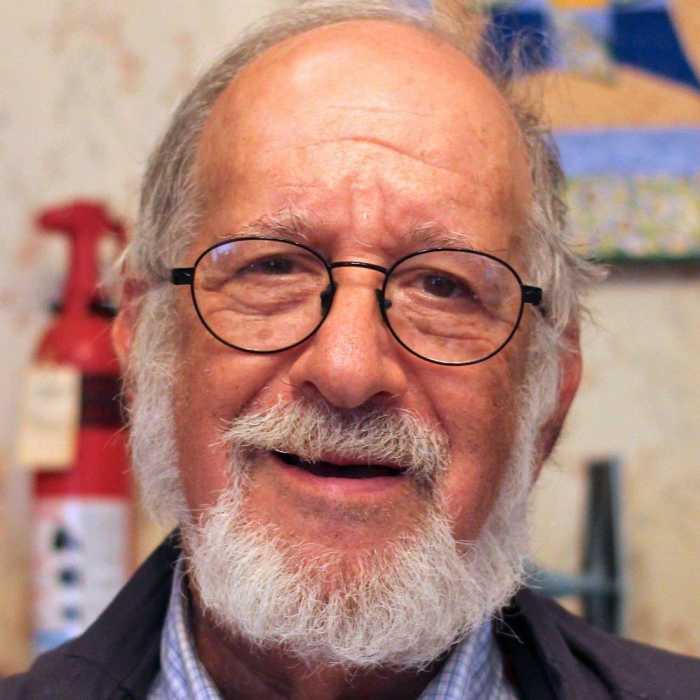BY Aline Reynolds
In the same week, two different city officials introduced ways to encourage community involvement in government. Borough President Scott Stringer’s office launched Speak Up New York, a web-based platform that will facilitate communication between community activist groups and city government. And Public Advocate Bill de Blasio announced his office’s creation of a new hands-on guide for city residents wishing to organize in their communities.
“This project is about coming to grips with the way people are living, talking and organizing in New York City today,” said Borough President Scott Stringer.
Version 1.0 of Speak Up New York, slated to launch by the end of the year, will include blogs, discussion forums and reporting tools; online training sessions on community-organizing and navigating the government; and topical discussion groups for community boards and civic associations.
The New York-based digital forum is intended for community organizers to dialogue about problems ranging from infrastructure, crime and school overcrowding. Media and tech specialists from around the country are devising ways in which community members can best interact with one another on the site.
The Mayor’s office held its first meeting on June 11, at which 60 community organizers, board members and digital technologists convened to launch the discussion about community involvement.
Speak Up New York held its first meeting on June 11, 2010 at the OpenPlans offices in Lower Manhattan. Participants included Steven Clift, founder of E-Democracy.org; Scott Heiferman, CEO of Meetup.com; Joseph Porcelli of neighborsforneighbors.com; and representatives from various community boards. It was the first in a series of monthly meetings that will assemble new media and tech specialists to conjure up online resources for the New York City community.
“I think the mission is to try to use technology to create more transparency for citizens,” said Dominic Pisciotta, Chair of Community Board 3, who attended the conference. “It won’t replace us getting together at meetings every month, but it can help us keep working outside of meetings so that the time we spend together is more productive and provides better output and services to the community.”
Board 3 hopes to investigate digital community tools such as SeeClickFix, a national, online version of 3-1-1, to see how it can best serve the community.
Keynote speaker Beth Noveck, the U.S. Deputy Chief Technology Officer for Open Government, was also present but would not be quoted for the press.
Stringer indicated that the new cyber space will revolutionize the whole community board system.
With what he refers to as “Community Empowerment 2.0,” 90 percent of New Yorkers that don’t attend community board or block association meetings can communicate with one another on the web.
“We have to move beyond the model that says you have to spend three hours on a Tuesday night sitting in a conference room if you want to participate in local government,” he said. “The next generation of city leaders and activists simply won’t be bound by that.”
The digital tool will be particularly handy “in matters such as class-action lawuits, where there are nearly 20,000 tenants [involved], and only 400 people show up at the [Town Hall] meeting,” he added.
The website will create three-step tutorials, for example, on how community groups can create and manage e-mail distribution lists. Online workshops and trainings will train users in how to create a tenant association or how to interpret the land use process.
The Borough President himself owns an iPad, which he uses to stay in constant touch with his constituents.
New York City Public Advocate Bill de Blasio’s office has also created a new hands-on guide for city residents who want to take action in their community.
“The main purpose of the guide is to increase civic participation,” said Maibe Gonzalez Fuentes, press secretary of the public advocate.
The goal is to strengthen the communication between the government and New York City residents and to encourage community members to speak up about the causes they care about.
“If you don’t voice your complaints, the city won’t know your needs,” she said.
Part one gives an overview of the city agencies, businesses, nonprofits and religious institutions; and a step-by-step guide on how to voice a community issue or concern. Part two provides tips on how to create or join a community group, how to organize a campaign and how to reach out to other community groups to further your cause.
The public advocate’s office plans on creating additional sections about media outreach, communications technology, how the budget process works and the interplay between city, state and federal governments.
The guide will serve as a useful resource for immigrants new to the city. It is available in several languages: English, Spanish, Chinese, Russian, Korean, Arabic and Haitian Creole. To access the online edition, visit https://advocate.nyc.gov/organizing-toolkit.



